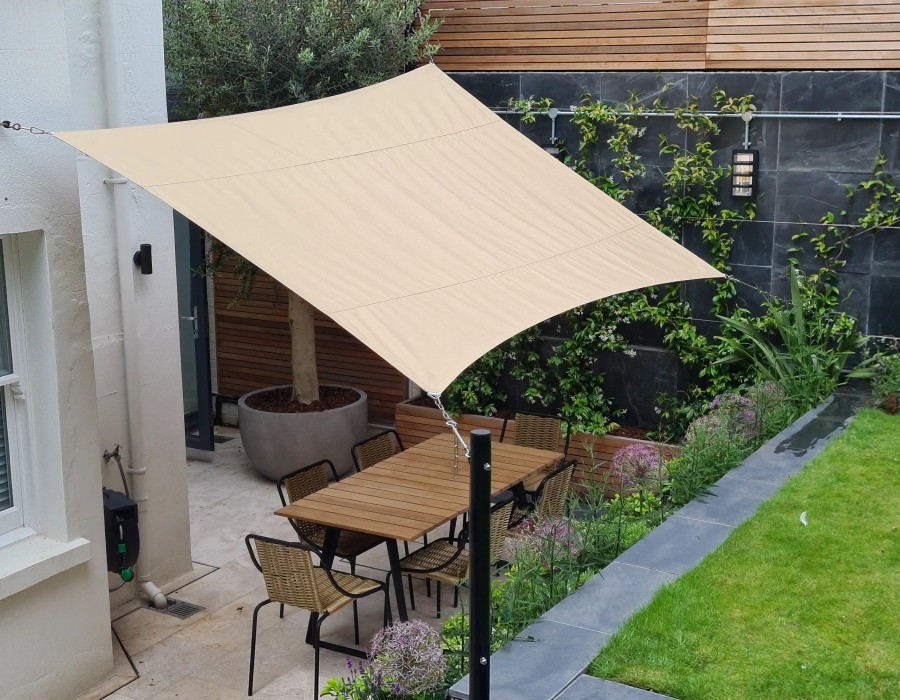Types of Blinds
Vertical Blinds: Ideal for large windows or sliding doors, vertical blinds consist of vertical slats that can be adjusted to control light and privacy. They are available in various materials, including fabric, vinyl, and aluminum, making them versatile and easy to maintain.
Horizontal Blinds: Commonly used for smaller windows, horizontal blinds feature horizontal slats that can be tilted to adjust the amount of light entering the room. They are available in wood, faux wood, and metal, providing a classic look that complements many interior styles.
Venetian Blinds: A subtype of horizontal blinds, Venetian blinds have adjustable slats that allow for precise control over light and privacy. They are often made from aluminum, wood, or PVC and are known for their durability and ease of cleaning.
Roman Blinds: Roman blinds offer a soft, elegant look with their fabric panels that fold neatly when raised. They are available in a wide range of fabrics and patterns, making them an excellent choice for adding a touch of sophistication to any room.
Roller Blinds: Known for their simplicity and modern design, roller blinds consist of a single piece of fabric that rolls up and down. They are available in various colors and patterns and are perfect for creating a sleek, minimalist look.
Cellular Blinds: Also known as honeycomb blinds, cellular blinds are designed with a unique cellular structure that provides excellent insulation. They help regulate indoor temperature and can improve energy efficiency, making them a practical choice for any home.
Benefits of Blinds
Light Control: One of the primary advantages of blinds is their ability to control the amount of natural light entering your home. By adjusting the slats or raising the blinds, you can create the perfect lighting conditions for any activity.
Privacy: Blinds offer an effective solution for maintaining privacy without sacrificing style. You can easily adjust the slats to prevent outsiders from peering into your home while still allowing natural light to filter through.
Energy Efficiency: Cellular blinds, in particular, are designed to provide insulation, which can help reduce heating and cooling costs. By preventing heat loss or gain through your windows, these blinds contribute to a more energy-efficient home.
Versatility: Blinds come in a wide range of materials, colors, and styles, making them a versatile option for any room in your home. Whether you prefer a sleek modern look or a more traditional design, there is a blind to match your aesthetic.
Ease of Maintenance: Many types of blinds are easy to clean and maintain. For instance, aluminum and vinyl blinds can be wiped down with a damp cloth, while fabric blinds may require periodic vacuuming or professional cleaning.
Tips for Choosing Blinds
Consider Your Needs: Think about the primary function of the blinds in each room. For example, if you need maximum privacy, opt for blinds with a close-fitting design or blackout fabric.
Measure Accurately: Proper measurements are crucial for ensuring that your blinds fit perfectly. Measure the width and height of your windows carefully and consider whether you want the blinds mounted inside or outside the window frame.
Select the Right Material: Choose a material that complements your decor and meets your functional needs. For instance, wooden blinds add warmth and texture, while aluminum awnings offer a sleek, modern appearance.
Coordinate with Your Decor: Ensure that the color and style of your blinds enhance the overall aesthetic of your room. Consider how the blinds will coordinate with your existing furniture, wall color, and flooring.






Comments